Jason Sandford
Jason Sandford is a reporter, writer, blogger and photographer interested in all things Asheville.
Ian Bryan of Sensible City, an Asheville-based marketing and public affairs firm, posits the question. He notes in a blog post that social media tools might have been used to more meaningful effect in Snowpocalypse ’09. Here are a few of his thoughts, and suggestions:
Most of the local tweeting I found during the last 3 days consisted of jokes, complaints and tips on how to accomplish such fine tasks as preparing eggs on barbecue grill. That’s all fine, and I definitely tweeted my share of nonsense, but in retrospect, there were a lot of young families, elderly and disabled people who really could have used a delivery of groceries, candles or heat packs. News reports guesstimate that there were hundreds of stranded motorists who lost control of their cars in the snow and had to walk as much as 2 miles to find shelter (sans power).
So here are a few things I would have done differently if I had had my head screwed on properly during the snow:
- Use twitter to identify people in the area who needed help. This includes simply asking the question: anyone need help?
- Use twitter to send more useful/vital information to journalists and city crews (yes, both categories use twitter in small numbers)
- When I found businesses that were open while most were not, I could have used twitter to announce (and ask that others retweet) said locations.
- When spotting downed trees and blocked roads (there were so many), I could have used twitter to issue warnings to others so they could find detours.
We should work with the county to propose ways to incorporate social media into its community-wide response plan for any future #avlsnomg-type situations. Any ideas? Would love any input that is offered.
Bryan makes excellent points. My two cents: I think the answer lies in the aggregation, sorting and curating of information and links.
From my point of view, I saw a lot of people posting information about their home, street or neighborhood. That’s great. What we needed more of was someone taking that information and putting together a composite, someone who could help me make sense of all the individual snapshots.
I don’t have a web-enabled phone, so when I lost power, I turned to the radio for my news and information. And I have to say that WWNC Radio Ranch and its news team did a hell of a job compiling and delivering up-to-date information about the big story. Still, the radio station went off the air on Saturday morning, and I was left with static. WCQS was also off the air all weekend.
In a breaking news situation, we need trained people contacting the power centers — fire, police, emergency responders, power companies, local politicians — and asking them for the latest information, while also holding their feet to the fire on response. After all, they’re working with taxpayers’ dollars. That’s our money, not theirs.
We also need people willing to go out into the storm to do what Bryan suggests and report downed trees and power lines; people going door-to-door to talk to residents, etc.
Snowpocalypse ’09 shows me that we’ve got a ways to go before really harnessing the power of the new social media tools we’re so enamored of.


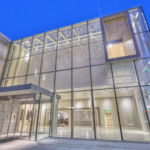
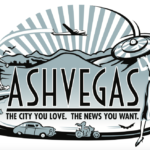




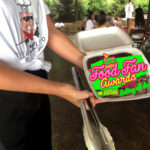







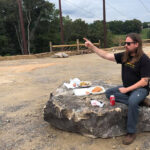

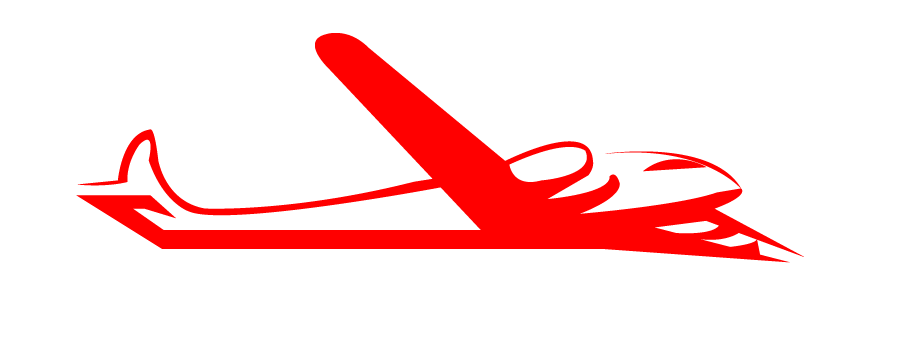
"We also need people willing to go out into the storm to do what Bryan suggests and report downed trees and power lines; people going door-to-door to talk to residents, etc."
What a great idea. Nobody had their heads screwed on right in this storm; people usually don’t the first time in a new crisis. Next time we’ll know. And next time, it probably won’t be snow.
Being an organizer by nature, I see this from an organizing perspective. We (we = people who want to use citizen media to work in a disaster) could create individual tags for information categories: what’s open, hazards (downed trees and lines). Might be a good idea to brainstorm tags at the start of the disaster, to disseminate them. And to ask for volunteers up front and get a team going.
Door to door is a bloody great idea, and could be done by street and neighborhood through a coordinator for each area. I watched Fire and Rescue spirit my 87-year-old neighbor away to her family. We don’t live in the boonies, either, but on a leafy, residential West Avl street. The need for community help on the ground was real.
In doing this again, I’d work where I was and where I had agents. I’d get someone on each street where I had a contact to go door to door asking who needed what. My street had a few people with generators and me (THANK GOD) with my wall-mount gas heater. I’d ask who was willing to take in refugees from the cold. We could have made certain houses gathering places–a boon to the bored, cold and lonely. This happened on a small scale, but afterwards we all knew we could have done more.
This was the learning disaster, the first one to occur with these new communication tools in place.
My street, like many streets, banded together and shoveled snow ourselves when snowplows didn’t show in a timely fashion. Twitter and email could coordinate efforts like this, too, to dig out roads and stuck cars.
The mid reels. Ian, you’re making me want to write a Twitter-based disaster plan. Thanks for being the one to ask these questions.
Thanks for sharing this post. I think its an important dialogue to have – one that I am sure other communities are having as well. I like the perspective on aggregating and organizing input. I loved the IDEA of Progress Energy’s outtage map, although it was never quite accurate.
I’d love to know what types of collaborative mapping people find to be the most useful. I have never used them, but now have a reason to.